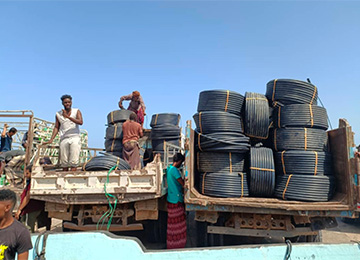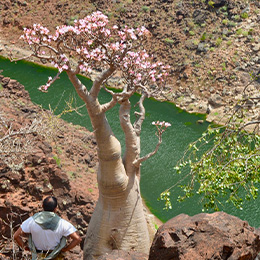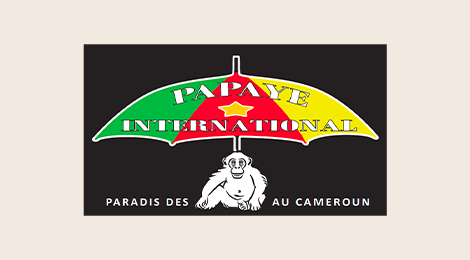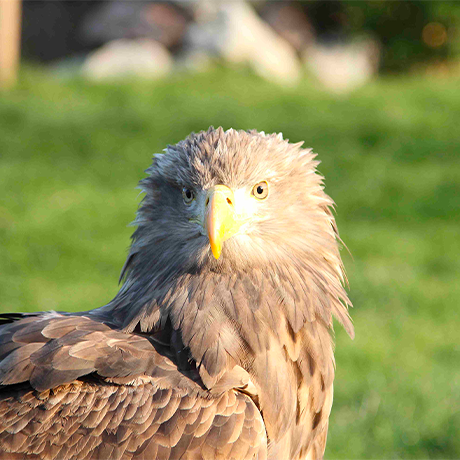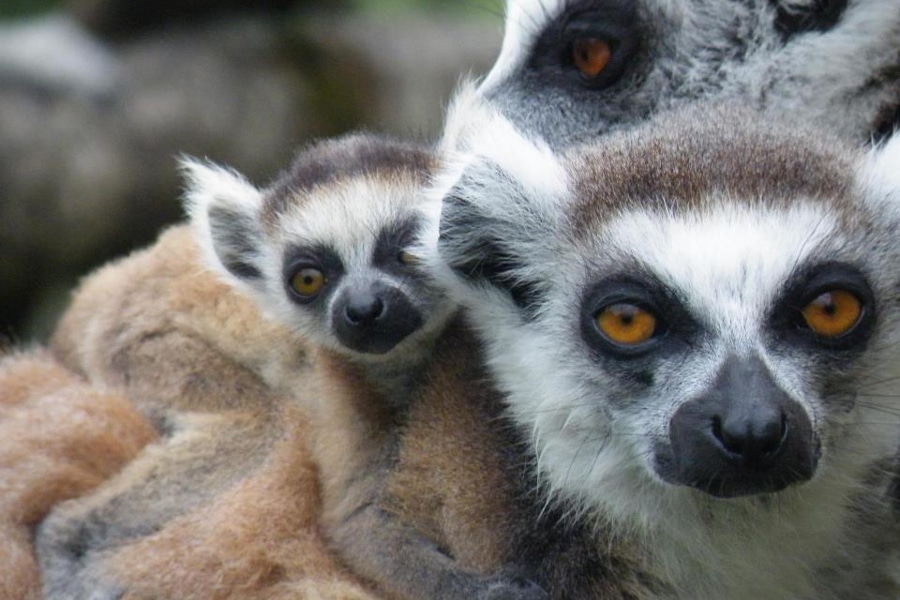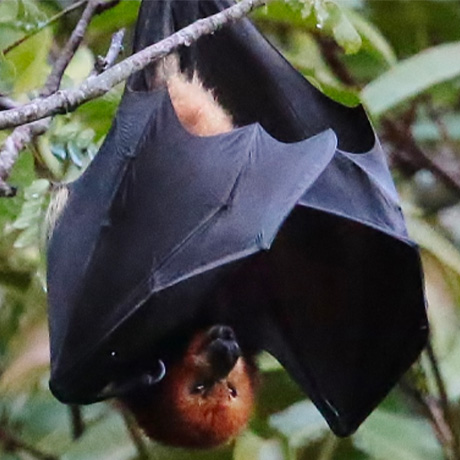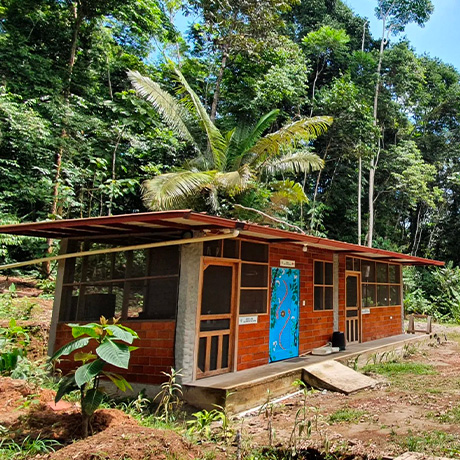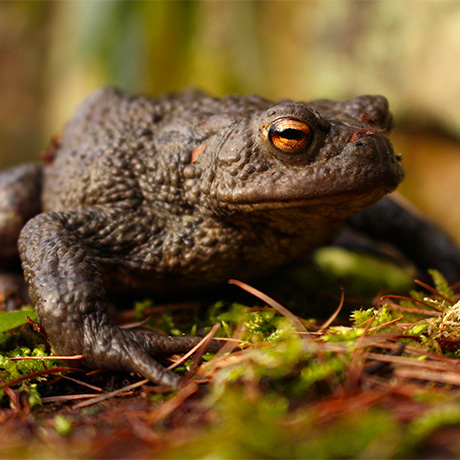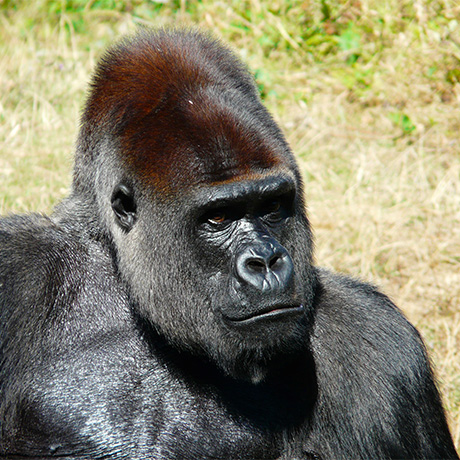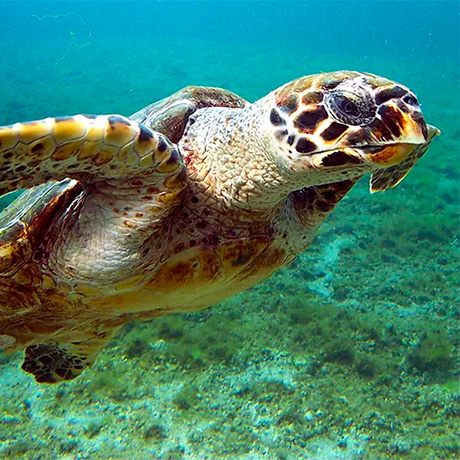Adopt a dragon tree
The Socotra Dragon blood tree association's mission is to implement actions for the protection of the Socotra dragon tree, the development of access to drinking water in the villages but also the highlighting of Socotri poetry. The result of a meeting between French people passionate about nature and poetry and inhabitants of Socotra, concerned about the preservation of their environment and their culture, the association's immediate objectives are to develop a dragon tree nursery. with the establishment of an irrigation system, to provide access to drinking water to a village located in the heart of Firmihin, the dry primary forest of Sang Dragon, the mythical and emblematic tree of Socotra, and to a work of capturing and translating Socotri poetry.
Socotra is part of the World Monuments Fund 2022 biennial selection of 25 of the world's most important heritage and endangered sites requiring immediate attention. It is also listed as a UNESCO world heritage site for the exceptional nature of its biodiversity and its rate of endemism. Among these endemic species, there is one particularly exceptional: the Socotra dragon tree, emblematic of the island. But today, residents and scientists alike are worried about the future of the dragon tree. These trees are decimated by increasingly intense storms, while young plants are swallowed by goats.
The Foundation's commitment to the conservation of the environment and biodiversity is materialized through its valuable support for the Socotra Association. Through close collaboration, the Foundation funds several key initiatives aimed at strengthening the preservation of Socotra's unique ecosystem:
- Installation of fences and metal posts for the nurseries: The foundation finances the installation of a fence around the second nursery as well as the purchase of metal posts to support the fences of the two existing nurseries. This measure aims to ensure the safety and protection of animals housed in these facilities, representing a total investment of €7,000.
- Creation of a nursery in the Dixam school: Socotra benefits from financial support from the Foundation for the creation of a new nursery in the courtyard of the Dixam school. This initiative also includes the purchase of equipment necessary for the establishment and operation of the nursery, representing a total cost of €1,300.
- Purchase of water tanks for each nursery: The Foundation is financing the purchase of three water tanks, one for each nursery, including the one located in the Dixam school. These tanks guarantee an adequate supply of water for animal care, representing a total investment of €1,500.
- Continuation of actions in schools: The Foundation financially supports the continuation of educational actions in schools, in particular by covering the costs of transporting children to learning sites. This financial support makes it possible to organize 12 visits with costs of €400 per day of visit, for a total of €4,800.
Through these initiatives, the Foundation and the Socotra Association work together to protect and preserve the fragile ecosystem of Socotra, while investing in education and awareness of local communities and future generations.
2025 Projects:
Purchase of hives and beekeeping suits plus part of the nursery work we already funded in 2024.
Create a third large nursery (in addition to the first two and the micro-nursery in the school), with the installation of pipelines that will bring water from the mountain and allow this new nursery to be irrigated and also benefit the surrounding villages (the Bedouin population is rightfully much more involved with us when biodiversity projects also provide local communities with access to water).
Continue our activities in schools to raise awareness about dragon tree protection (we will particularly work in villages near the third nursery, which is located elsewhere on the island where the mixed forest of dragon trees and frankincense trees was devastated by the cyclone).
Develop bee-forestry (with a focus on transhumance of hives from one nursery to another depending on the weather conditions). Honey production on Socotra is limited due to the mountainous topography and harsh climatic conditions, making it a rare and precious product.
Buy a 4x4 to transport hives from one nursery to another and continue our awareness-raising activities in schools and villages by being able to transport more people (there is no public transportation in the mountains).

Socotra is the largest island in the archipelago of the same name located off the coast of Yemen.
The Foundation supports and supports financially, technically and humanly projects which, in France and abroad, offer lasting solutions to respond to the threats facing biodiversity, and in particular endangered wildlife species and their habitat.
All projects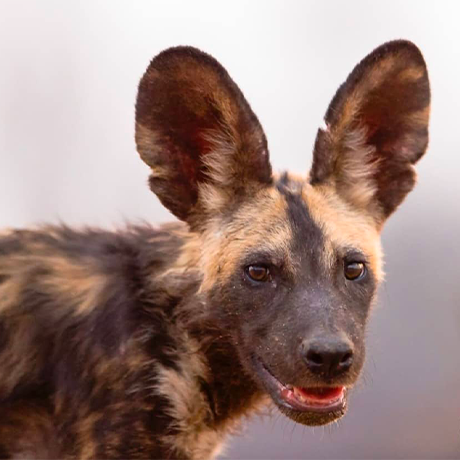
Missions, actions, projects, partners, theme days ... Discover the latest news from The Le PAL Nature Foundation
All the news


